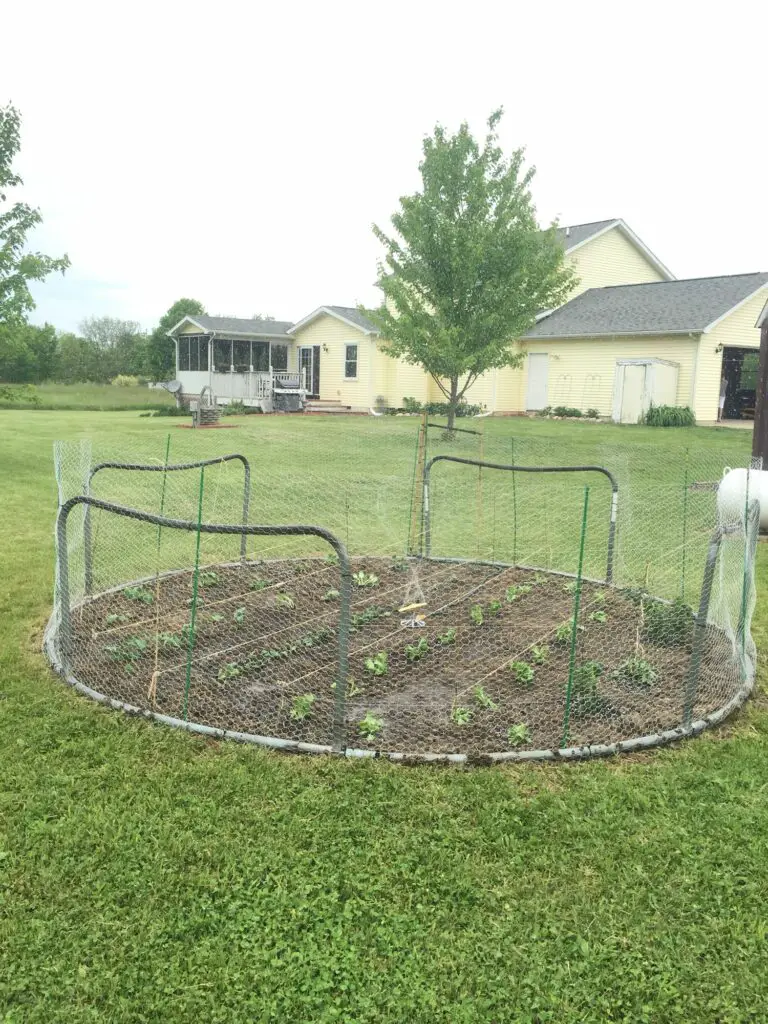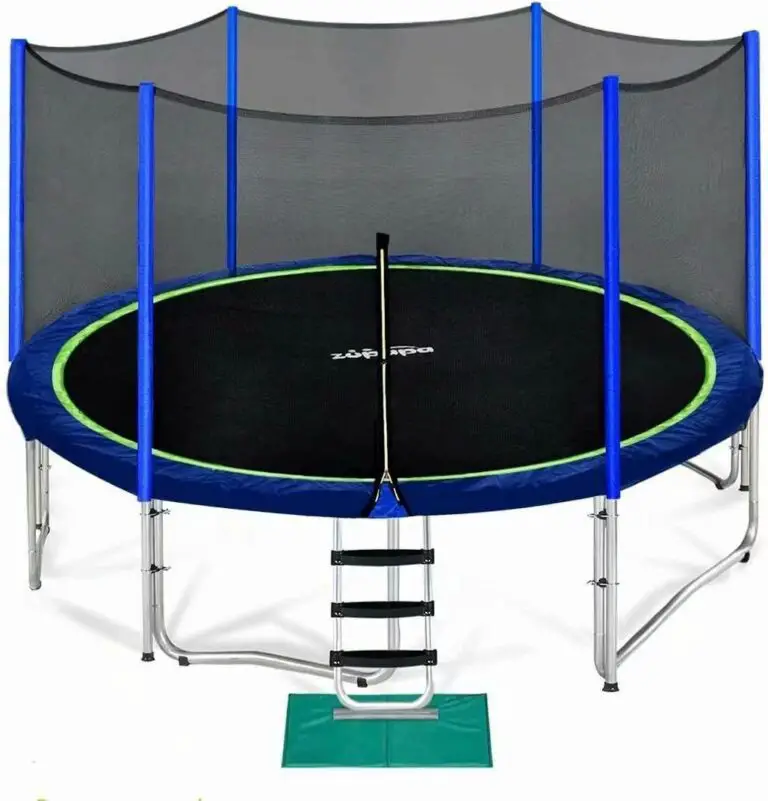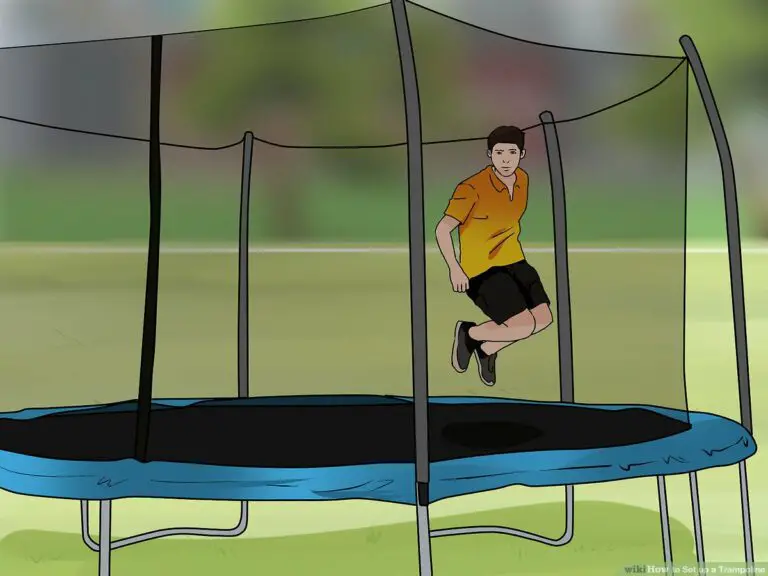Trampolining is a fun and exhilarating activity enjoyed by people of all ages. However, it is not without its risks. One of the most common injuries associated with trampolining is burns. These can occur when a person comes into contact with the hot metal springs or frame of the trampoline. In this article, we will discuss how to treat trampoline burns and provide tips on preventing them from happening in the first place.
Understanding Trampoline Burns
Trampoline burns are common injuries that occur when skin rubs against the trampoline mat, causing abrasions and heat burns at the same time. If not treated properly, they can cause severe pain and discomfort, and even lead to infections. It is important to understand the causes of trampoline burns, their symptoms, and the treatment options available to prevent further complications.
What are Trampoline Burns?
Trampoline burns are wounds caused by skin coming into contact with an abrasive surface when either the person or the surface is moving at high speed, resulting in rubbed raw, burned, blistered or deeply wounded skin. They can happen to any age group at home, outside and on the go. They are not classified as thermal burns or abrasions.
Causes of Trampoline Burns
Trampoline burns are caused by excessive friction between the trampoline mat and our skin, especially on the elbows and knees for kids. They can also be caused by jumping when the trampoline is wet, wearing inappropriate clothing, or performing moves that rub skin across the jumping surface.
Symptoms of Trampoline Burns
The symptoms of trampoline burns depend on the severity of the wound. First-degree burns result in reddened skin and mild pain, while second-degree burns cause blistering and moderate to severe pain. Third-degree burns can cause significant tissue damage, pain, and an increased risk of infection. It is important to identify the severity of the burn before treating it at home.
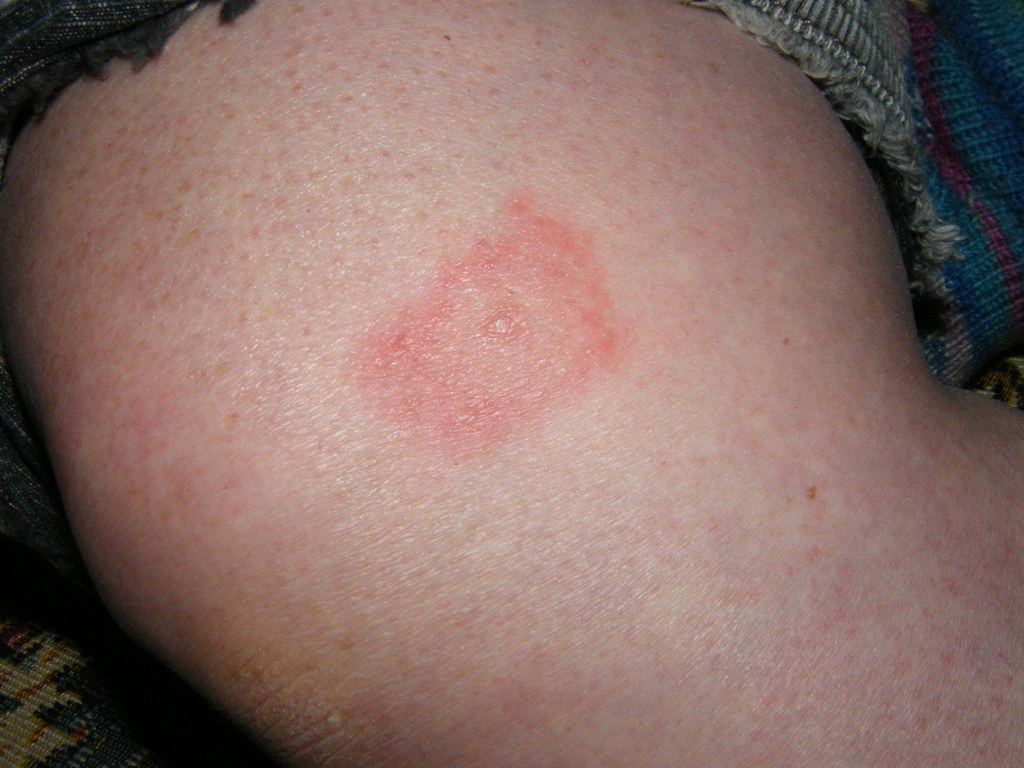
Severity of Trampoline Burns
Trampoline burns can range from minor to severe, requiring different levels of treatment. It is important to identify the severity of the burn before treating it, as severe burns require medical attention.
First-degree Trampoline Burns
According to Burn Centers, first-degree trampoline burns are the mildest type of burn, causing reddened skin and mild pain. They can be treated at home with basic first-aid techniques.
Second-degree Trampoline Burns
Second-degree trampoline burns are more severe than first-degree burns, causing blistering and moderate to severe pain. The Jump Central suggests that they require more attention and care than first-degree burns.
Third-degree Trampoline Burns
According to Trampoline Junction, third-degree trampoline burns are the most severe type of burn, causing significant tissue damage, pain, and an increased risk of infection. They require immediate medical attention and can cause permanent damage if left untreated.

How to Treat Trampoline Burns at Home
Minor trampoline burns can be treated at home with basic first-aid techniques, while severe burns require medical attention. Here’s a step-by-step guide on how to treat minor trampoline burns:
Clean the affected area: According to Get Trampoline, the first step in treating a minor trampoline burn is to clean the affected area with lukewarm water. This will help to remove any dirt or debris that may have gotten into the wound.
Apply an antibacterial ointment: After cleaning the affected area, Simple Trampoline recommends applying an antibacterial ointment to prevent infection.
Cover the wound with a dressing or gauze: It is important to cover the wound with a dressing or gauze to protect it from further injury. According to Trampoline Junction, this will also help to keep the wound moist and promote healing.
Take painkillers: If necessary, take over-the-counter painkillers like acetaminophen or ibuprofen to help manage the pain.
Care for the wound every day until it is healed: According to Get Trampoline, it is important to care for the wound every day until it is fully healed. This includes changing the dressing or gauze, keeping the wound clean and dry, and watching for signs of infection.
Precautions to Take When Treating Trampoline Burns at Home
When treating trampoline burns at home, it is important to take the following precautions to prevent further injury and promote healing:
Avoid the use of alcohol: According to Get Trampoline, using alcohol to clean the wound can actually delay healing and cause further damage.
Wear protective clothing over the treated wound: Trampoline Junction recommends wearing loose clothing over the treated wound to prevent further abrasions or discomfort.
Keep the wound clean and dry: It is important to keep the wound clean and dry to prevent infection. Simple Trampoline recommends changing the dressing or gauze every day to prevent moisture buildup.
Avoid exposing the wound to sunlight: According to The Jump Central, exposing the wound to sunlight can cause further damage and delay healing. It is important to keep the wound covered when going outside.
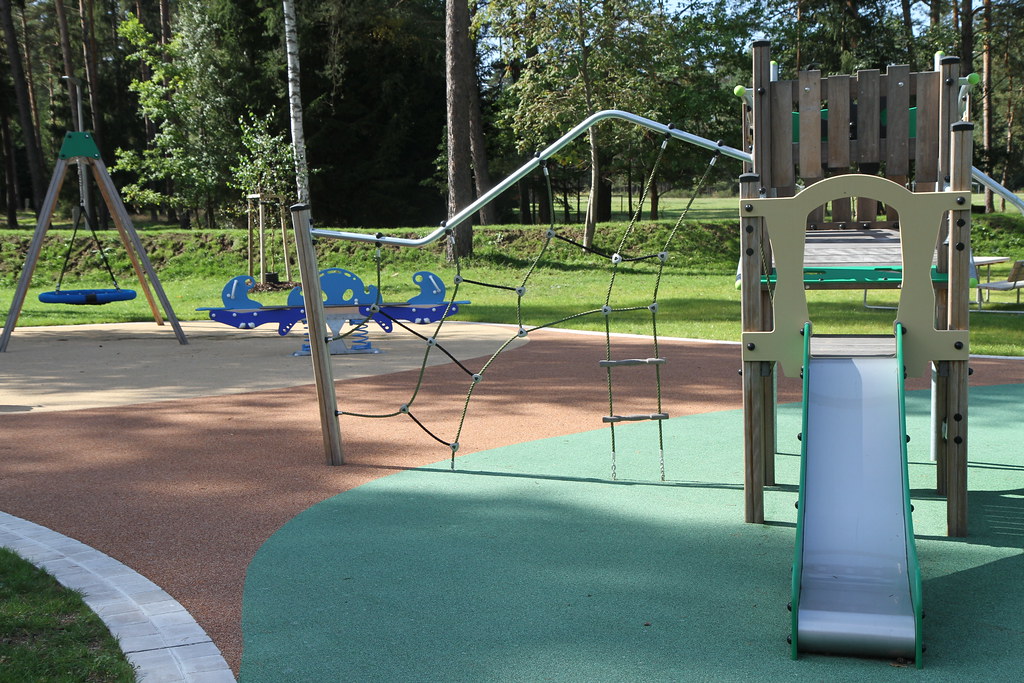
How Long Does a Trampoline Burn Last
A trampoline burn is a type of burn that can occur when someone comes into contact with the metal frame of a trampoline. This type of burn is typically more severe than a regular burn, and can often require medical attention. If you or someone you know has come into contact with the metal frame of a trampoline, it’s important to seek medical help right away.
In most cases, a trampoline burn will last for several days or weeks. However, in some cases, these burns can lead to permanent scarring.
Tips for Preventing Trampoline Burns
Preventing trampoline burns is always better than treating them. Here are some tips to help you prevent trampoline burns:
1. Apply a Lubricant
Trampoline Junction recommends applying a lubricant to the trampoline mat to reduce friction and prevent burns. Petroleum jelly, talcum powder, or silicone spray can be used as a lubricant.
2. Avoid Moves That Rub Skin Across the Jumping Surface
According to Get Trampoline, moves that rub the skin across the jumping surface, such as the belly flop or the superman, should be avoided to reduce the risk of trampoline burns.
3. Wear Long Sleeve Clothes and Socks with Gripper Bottoms
Trampoline Junction recommends wearing long sleeve clothes and socks with gripper bottoms to protect the skin from friction burns.
4. Avoid Jumping When the Trampoline Is Wet
According to Get Trampoline, jumping on a wet trampoline can increase the risk of burns. It is important to wait until the trampoline is dry before jumping.
5. Keep the Trampoline Clean
Simple Trampoline recommends keeping the trampoline clean to prevent dirt and debris from getting onto the mat and causing burns. Use a trampoline cover to protect the mat when it’s not in use.
6. Supervise Children
According to The Jump Central, children should always be supervised when jumping on a trampoline to prevent accidents and injuries.
When to Seek Medical Attention
While most trampoline burns can be treated at home, severe burns require medical attention. Here are some signs that indicate you need to seek medical attention for trampoline burns:
1. The Burn is Deep or Large
According to Trampoline Junction, if the burn is deep or large, it requires medical attention. A deep burn can damage the underlying tissue, while a large burn can increase the risk of infection.
2. The Burn is Infected
If the burn becomes infected, it requires medical attention. Signs of infection include redness, swelling, pus, and fever. According to Get Trampoline, it is important to seek medical attention immediately if you suspect the burn is infected.
3. The Burn is on the Face, Hands, Feet, or Genitals
According to Simple Trampoline, burns on the face, hands, feet, or genitals require medical attention. These areas are more sensitive and can take longer to heal.
4. The Burn is Caused by Chemicals
If the burn is caused by chemicals, seek medical attention immediately. Chemical burns can be more severe than friction burns and require specialized treatment.
5. The Burn is Caused by Electricity
According to The Jump Central, burns caused by electricity require medical attention. These types of burns can damage the underlying tissue and require specialized treatment.
If you experience any of these signs or symptoms, seek medical attention immediately.

Trampoline Burn Healing Time
The healing time for trampoline burns can vary depending on the severity of the burn. Here’s what you need to know about trampoline burn healing time:
1. Mild Trampoline Burns
According to Burn Centers, mild trampoline burns typically heal within a week or two. These burns are usually characterized by redness, swelling, and pain. If the burn is not infected, it can be treated at home with basic first aid techniques.
2. Moderate Trampoline Burns
Moderate trampoline burns can take several weeks to heal. According to Simple Trampoline, these burns may require medical attention and should be monitored closely. If the burn is infected, seek medical attention immediately.
3. Severe Trampoline Burns
Severe trampoline burns can take several months to heal and may require surgery. According to Get Trampoline, these burns can cause permanent scarring and may require ongoing medical treatment.
4. Factors Affecting Trampoline Burn Healing Time
Several factors can affect trampoline burn healing time, including:
- The severity of the burn
- The location of the burn
- The age and health of the person
- The type of treatment used
- The presence of infection
5. How to Speed Up Trampoline Burn Healing Time
To speed up trampoline burn healing time, it is important to follow these tips:
- Keep the affected area clean and dry
- Use an antibacterial ointment to prevent infection
- Cover the wound with a dressing or gauze to protect it from further injury
- Take over-the-counter painkillers to manage the pain
- Eat a healthy diet to promote healing
If you are concerned about the healing time for your trampoline burn, or if it is not healing properly, seek medical attention.
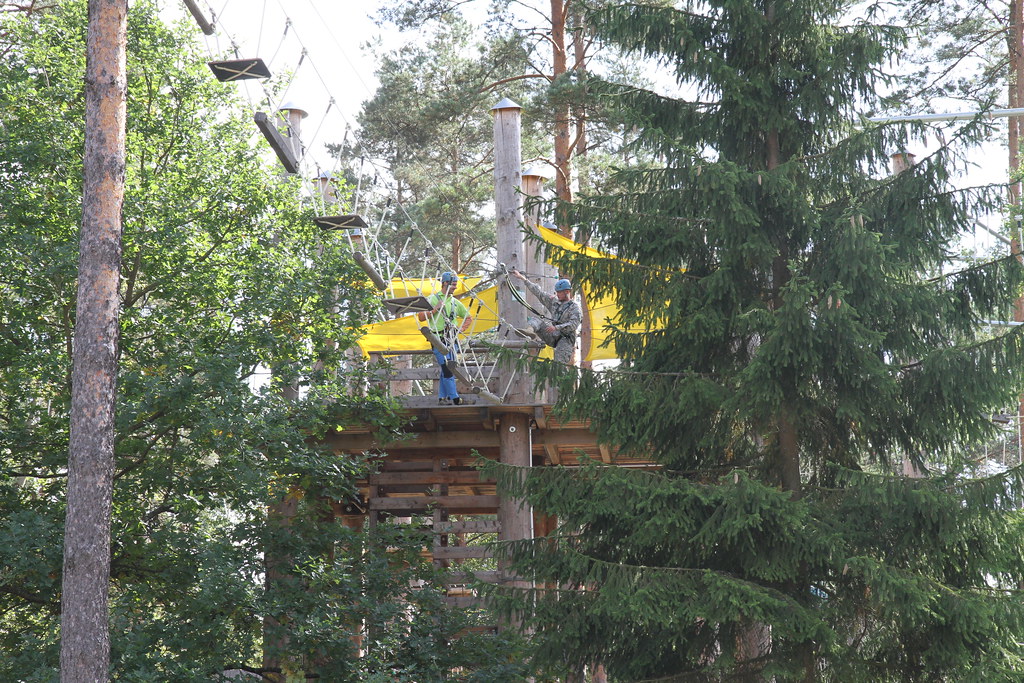
FAQs
### Q. What can I do to speed up the healing of a trampoline burn?
A. Keep the area clean & dry, use antibacterial ointment, cover it, take painkillers & eat a healthy diet.
### Q. Who needs medical attention for trampoline burns?
A. Seek medical attention if the burn is deep, large, infected or on the face, hands, feet or genitals.
### Q. How long does it take for a trampoline burn to heal?
A. Mild burns heal within a week or two, moderate burns can take weeks, and severe burns can take months.
### Q. What are some tips for preventing trampoline burns?
A. Apply a lubricant, avoid moves that rub skin, avoid jumping when wet, wear long sleeves, and socks with gripper bottoms.
### Q. How do I treat a minor trampoline burn at home?
A. Run cold water on the affected area, then clean & apply an antibacterial ointment, then wrap with a bandage.
### Q. What should I do if I suspect my trampoline burn is infected?
A. Seek medical attention immediately if you see redness, swelling, pus, or fever in your trampoline burn.
Wrapping Up
Trampoline burns can be painful and uncomfortable, but they can also be prevented and treated with proper care. By following the tips in this article, you can reduce the risk of trampoline burns and ensure that they heal properly.
Remember that if you experience any signs of infection, or if the burn is severe, seek medical attention immediately. It is always better to be safe than sorry when it comes to burns.
We hope that you found this article helpful and informative. If you have any questions or comments, please feel free to reach out to us. And don’t forget to check out our other great content for more helpful tips and advice!

